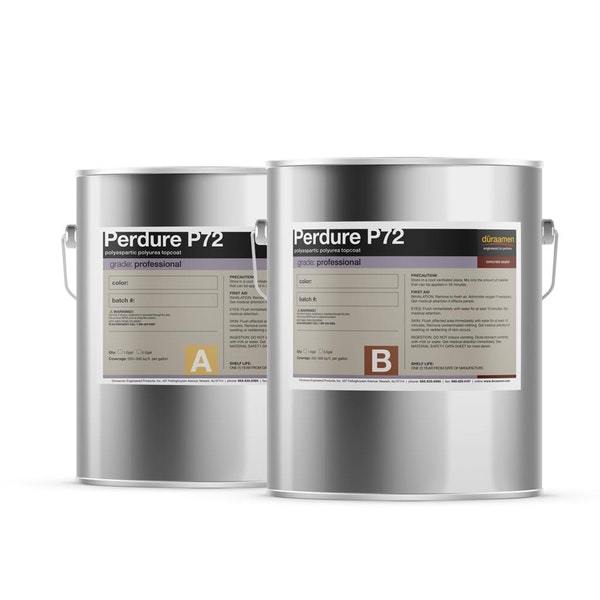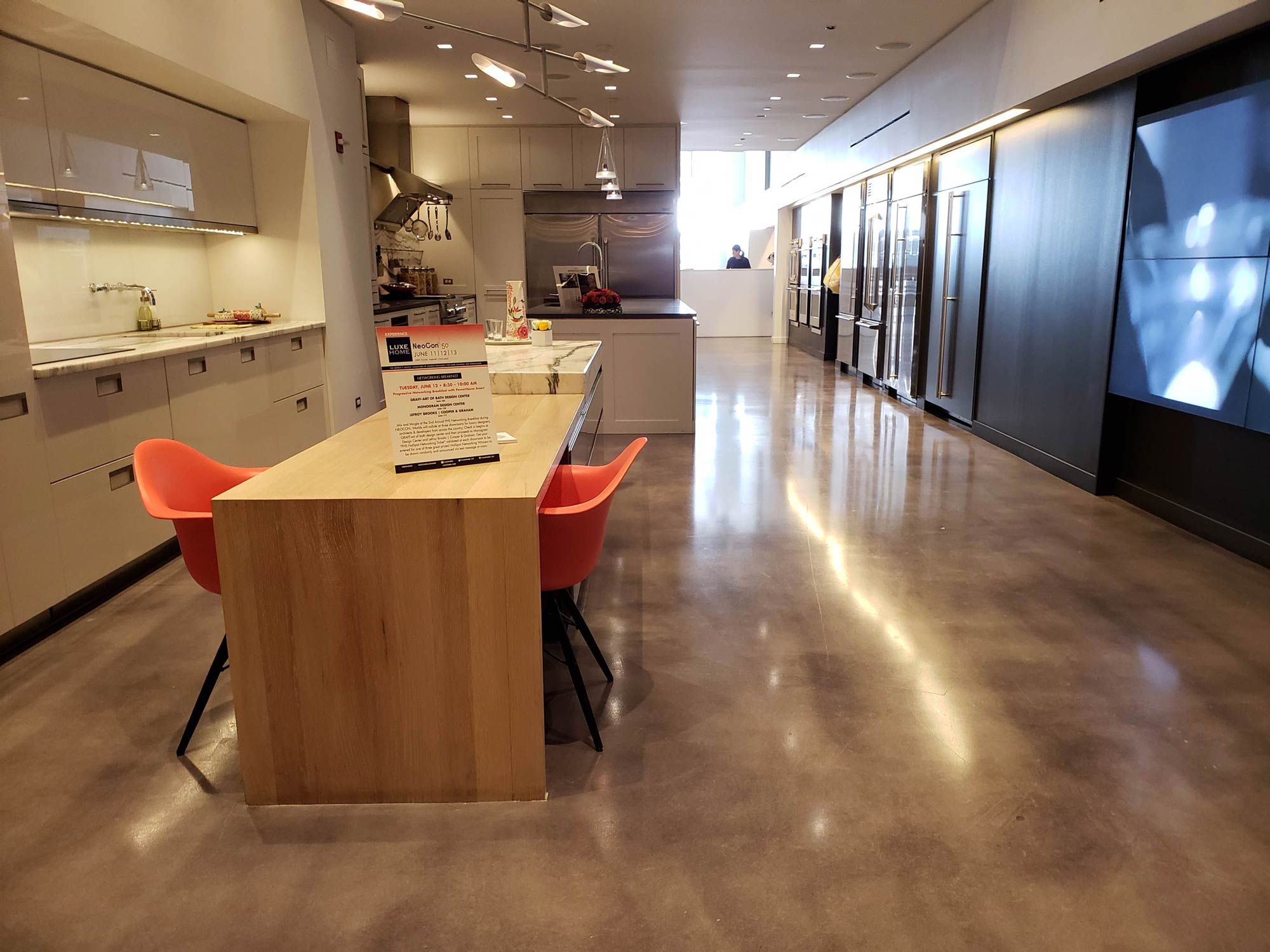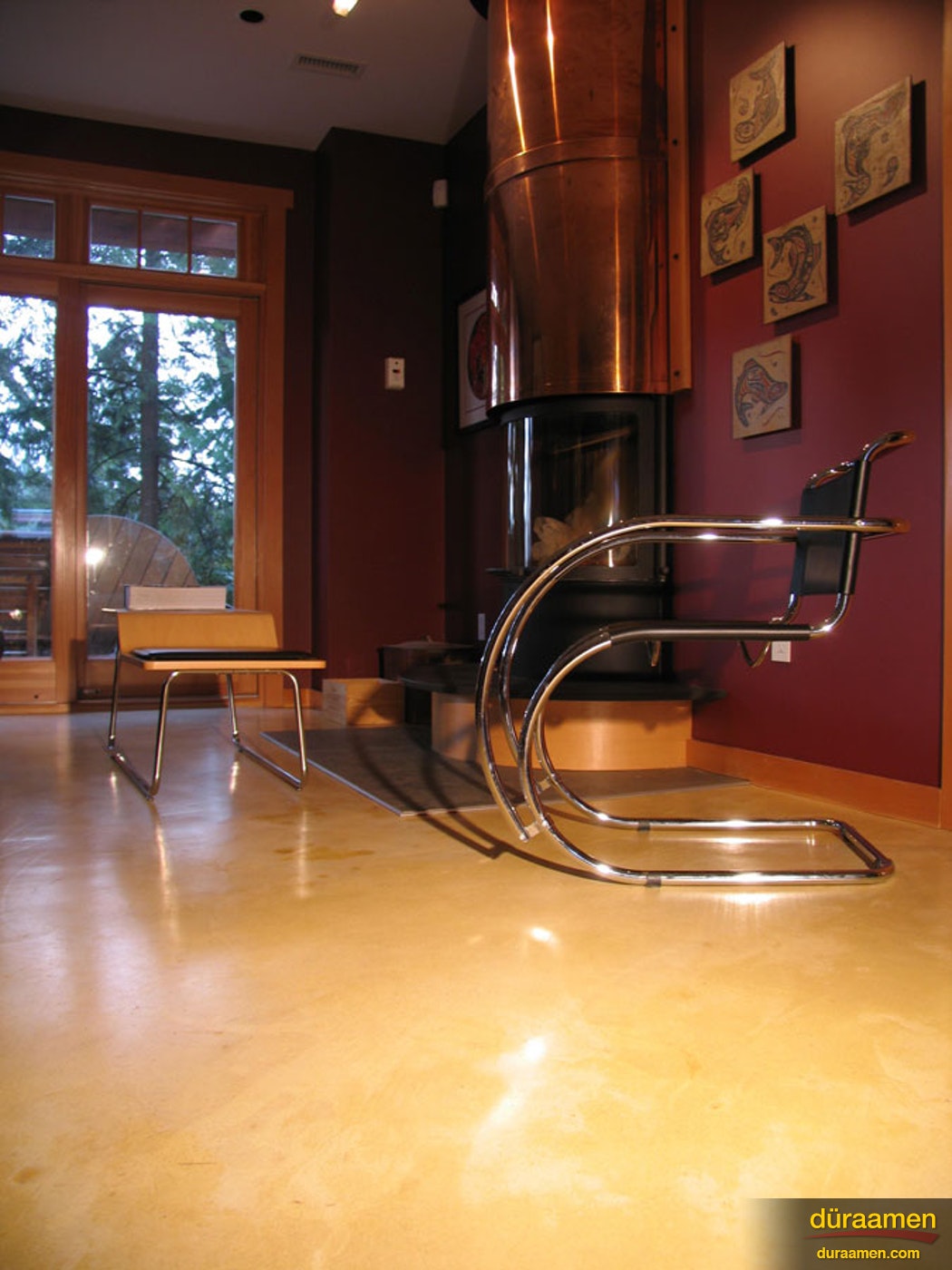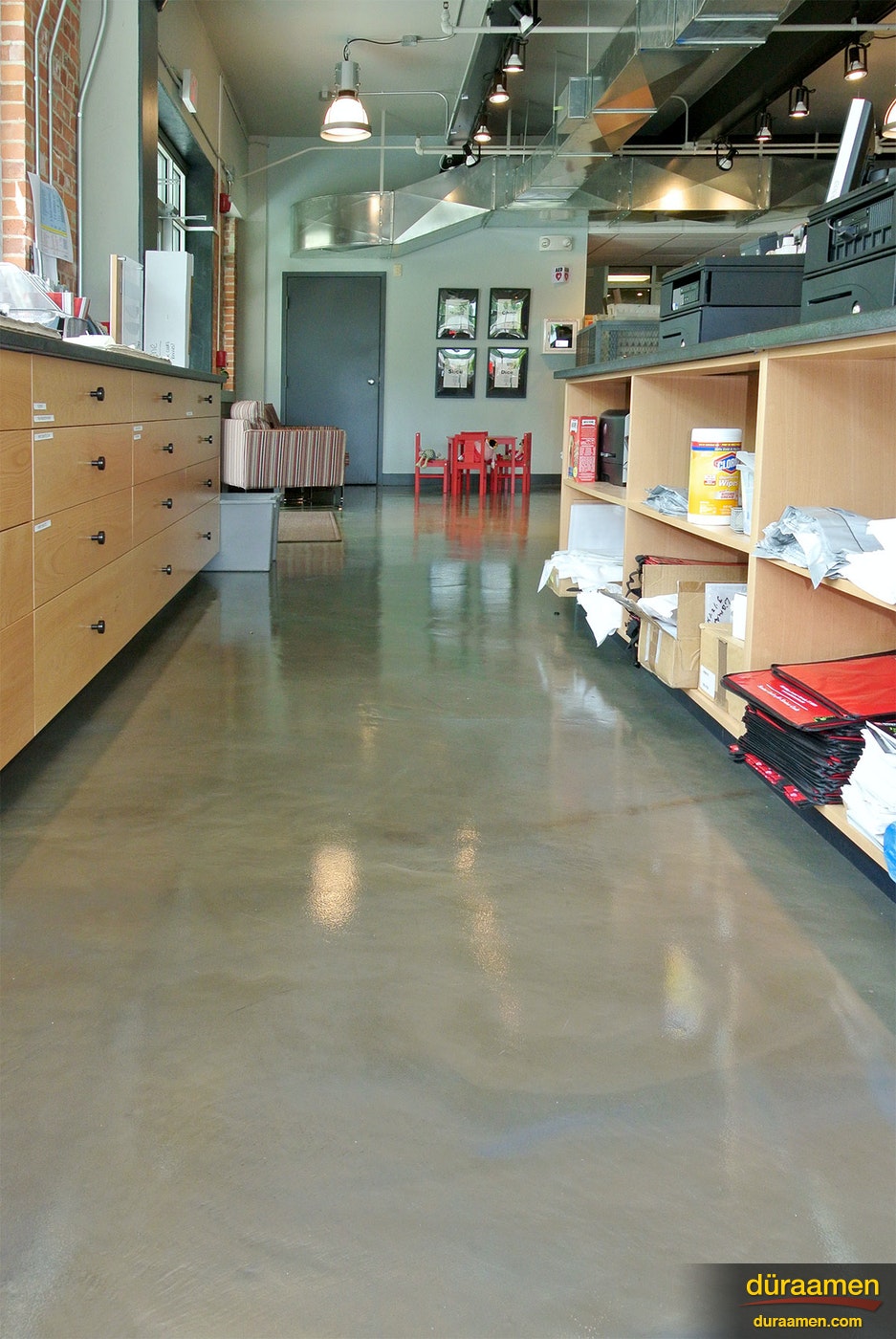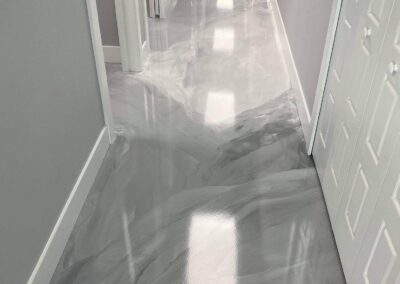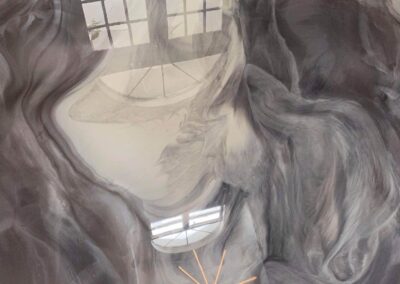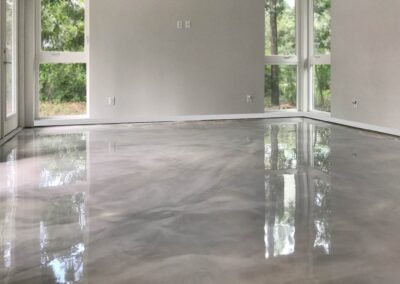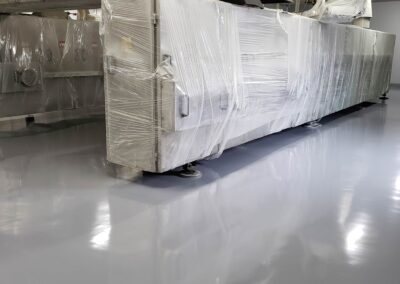What Is Polyaspartic Coating?
Polyaspartic coating is a type of polyurea widely used for its fast-curing and durable properties. It is composed of aliphatic polyisocyanate and a polyaspartic ester, which react to form a highly resilient and flexible coating. This unique composition allows it to be applied in various environments and conditions, making it a versatile choice for many applications.
- Aliphatic Polyisocyanate: Provides UV stability and durability.
- Polyaspartic Ester: Contributes to the fast-curing nature and flexibility.
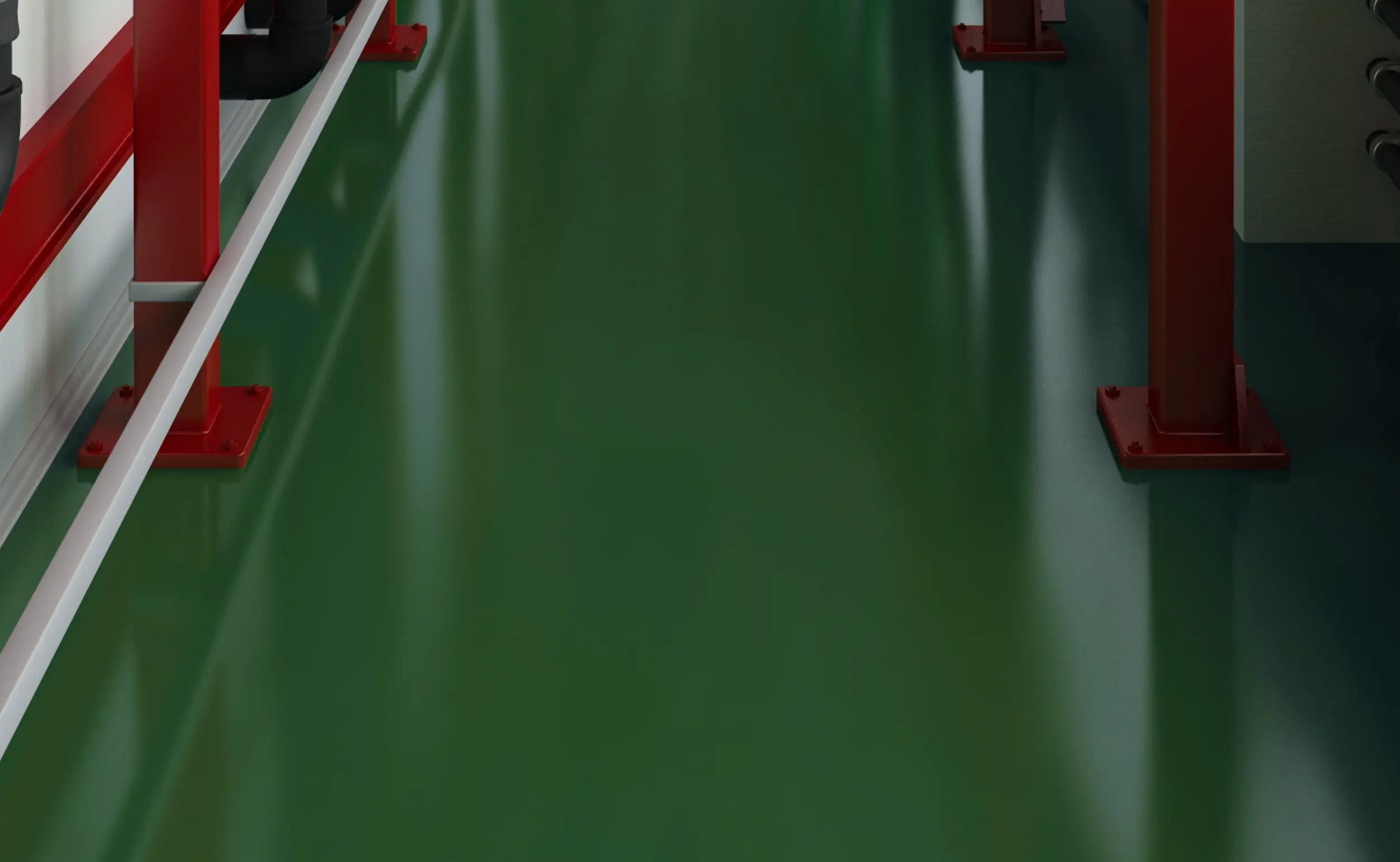
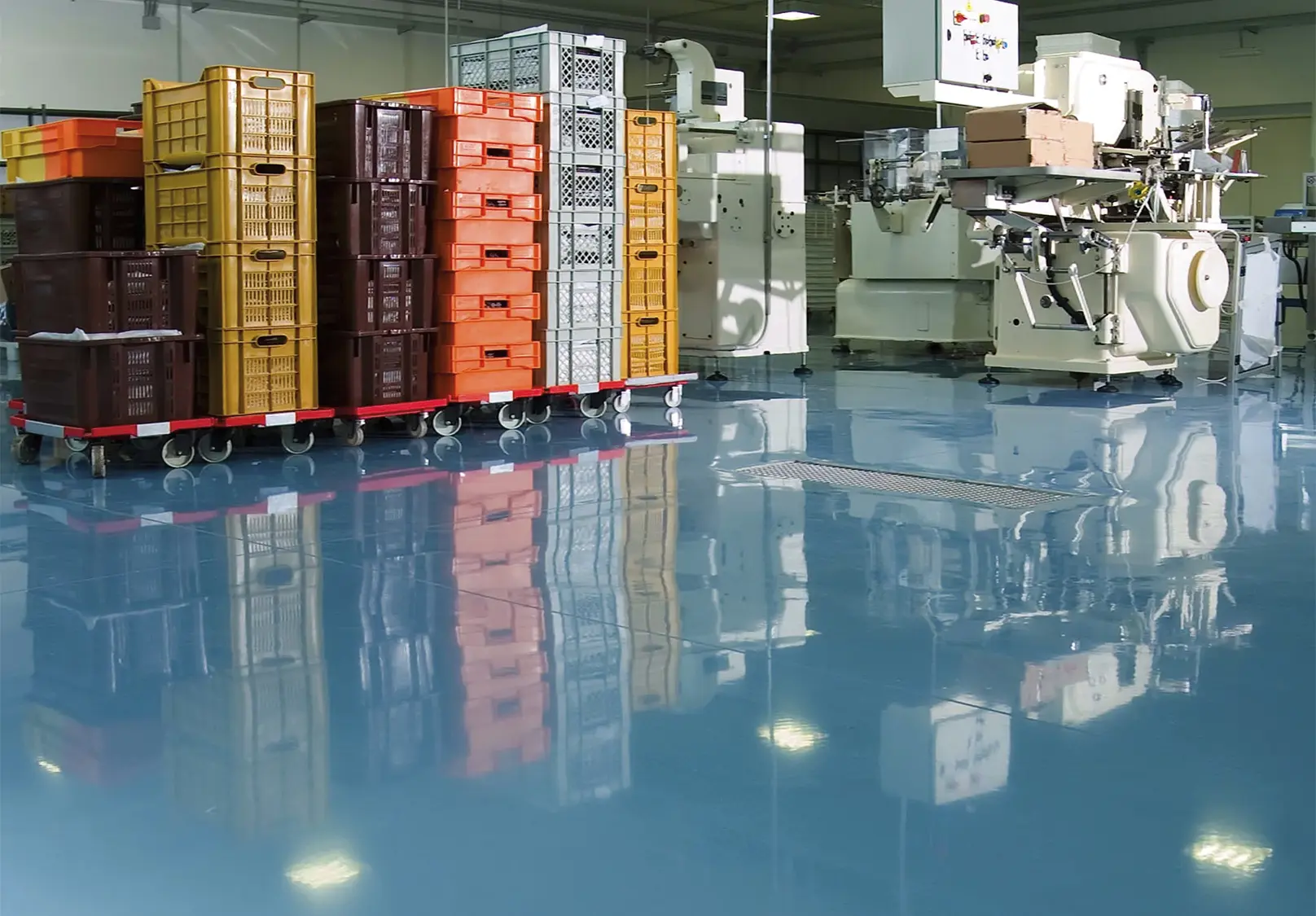
Features
- Self-priming, excellent penetrating to achieve excellent bond strength
- Superior abrasion, impact and wear resistance
- Excellent hot tire pickup resistance
- UV resistance does not turn ‘yellow’ or ‘amber’
- Reduces floor care, cleaning, and maintenance costs
- Low temperature cure
Installation
Mix Parts A and B in equal parts (1:1) using a clean, dry container. Stir gently using a mechanical stirrer, avoiding over mixing or creating vortex that could introduce moisture. Do not mix below the dew point, which will shorten the pot life. No induction time is required prior to use. After mixing the Parts A & B, Perdure P72 Polyaspartic Coating has a working time of 15 minutes at a temperature of 70°F and 50% RH. At higher temperatures and humidity the working time can be shorter. An industrial grade, phenolic resin core with a synthetic nap (1/4” or 3/8” nap, 18” width) roller is recommended for application.
